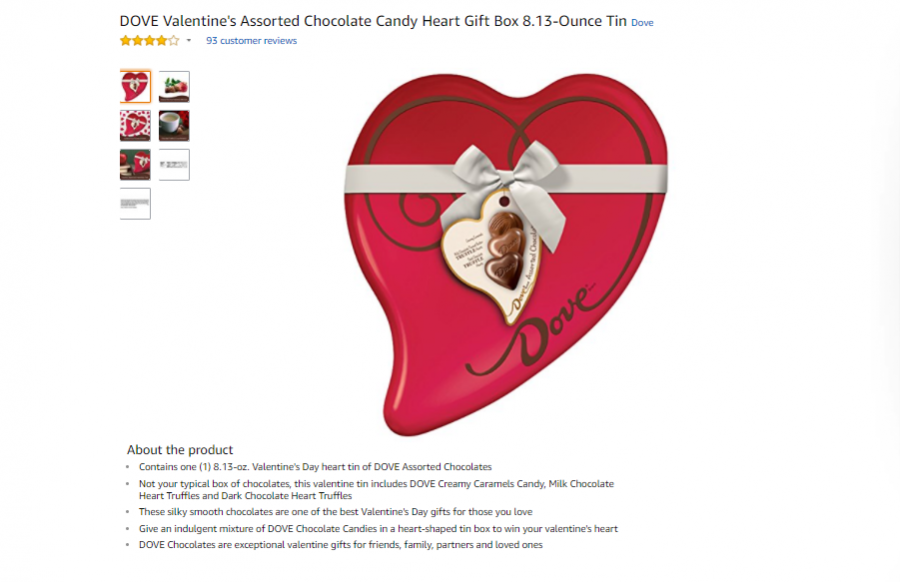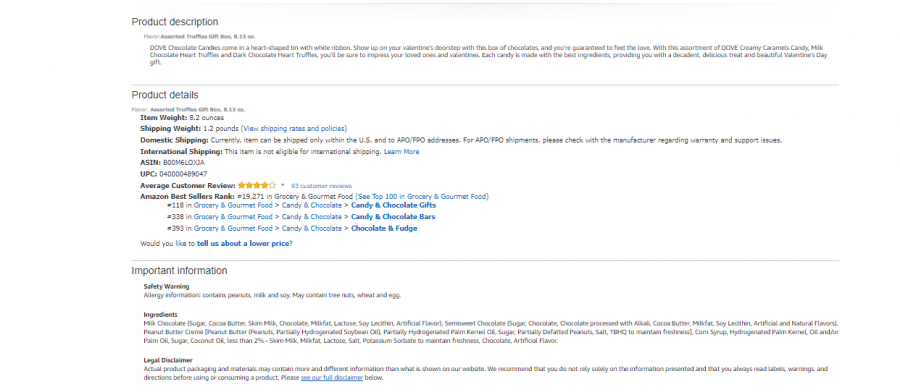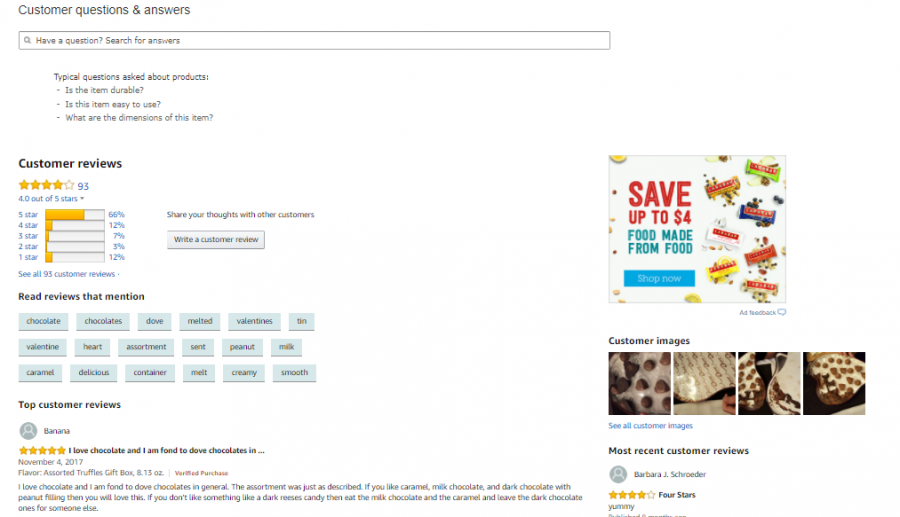
- Prodotti
- Prezzi
- Azienda
- Casi di successo
- Programma per rivenditori
How to get your listing on the TOP of Amazon SERP?
Currently, Amazon is the best search engine for selling products in the world. And the last industry figures prove that it is true. In the previous year, Amazon owner Jeff Bezos moved into the TOP three richest persons in the world with a total income of $72,8 billion.
However, you should not get me wrong. Google is still the most powerful search engine, but it is mainly concentrated on information researches while Amazon serves only for product researchers. Google provides better margins because they do not take a cut, while Amazon os oriented on revenue maximization. It is one more reason why Amazon makes all possible to satisfy customer needs and provides them with the best online shopping experience.
Search engine optimization has the same value on Amazon as on Google. It helps sellers to make their inventory visible to their targeted audience. It is essential to work with on-page and off-page SEO simultaneously to get your Amazon listing on the TOP of Amazon SERP.
In this article, we will discuss some essential optimization rules and tips that will help you to stand out from the crowd of your niche competitors.

On-page Amazon SEO: listing optimization
Amazon does not rank poorly optimized listings at the TOP of the search results page as they do not fully respond user’s queries. As I have mentioned the primary Amazon’s task is to generate as much revenue as possible. They continuously improve their ranking system to provide customers with the most accurate search results. That is why any incomplete or poorly optimized listing may rank on the first SERP page, even if you sell exclusive or high-quality products. The most shoppers won’t purchase a product without deepening into the details. So, to become a prosperous seller, you should fill all additionally and primary listing fields and indicate the most significant product specifications as well as benefits and values.
To make a correctly optimized listing, you should follow Amazon optimization guidelines that you can find on Amazon Seller Central page.
The biggest difficulty you may face crafting your Amazon listing is to make it for both your potential customers and Amazon robots. You need to conduct a hardcore keyword research for robots and craft an engaging content piece for your customers. It is an art to keep a balance between these two optimization sides. You have to win both of them because Amazon’s system shows your stuff to your targeted audience because of search terms, and customers purchase because of sales copy.
The key aspects you should pay attention to include:
- Creating a descriptive, but do not stuffed title

Amazon tells us how we should optimize our titles in the short post which is called “Optimize Listing for Search and Browse.” I suppose there is no need to repeat this information. So, I will walk you through some unique title optimization tips that will get your Amazon listing on TOP.
First of all, do not make your title messy and complicated to read. As a rule, shoppers do not spend their time reading such bulky and stuffed titles as they look irrelevant and spammy. Amazon search system appreciates keyword-rich but concise titles that denote all needed for customers information about the product. You should keep your title between 150 and 200 characters, avoiding any unnecessary details like your brand history survey, information about the company, vendor, or seller, price, advertisements, and so on.
An ideal Amazon title should include brand name, a serial number, color and other key product features which help customers to find what they exactly need on Amazon. Make sure you hit your title with at least three search terms with the high search volume that are also the most descriptive of your product. You can finish your title with the value proposition that will encourage customers to purchase your inventory. When creating your listing, remember that the simpler the sentence, the more realistic it sounds to customers.
- Bright bullets that help customers to make their purchasing decision
If a user still on your product page and look through the bullet points, you are on the road to success. On this stage customers need some convincing, so they start reading your bullets to familiarize with the primary product features and benefits. It is essential to crafting your bullet in such a way to answer the most common customer question “what's in it for me?” To convince them to make a deal, you need to pitch using human biological desires and common needs. If you appeal to the primary life forces, customers will be motivated to purchase without necessarily knowing why.
- Description that sells your products, not enumerate their features

Product description serves as an excellent chance to use all necessary keywords and describe your product advantages to make sure that Amazon and Google search algorithms will index your page correctly. As well as bullets, it should be infused with the common customer needs and natural desires.
Most sellers who have good bullet points, think it is enough to make their listing well converted. However, there are a lot of customers who start learning about the product from the description section. Amazon description serves to maximize your chances to make a sale. Here you can create a descriptive copy of your brand and company including your targeted search terms.
The additional attention should be paid to the description formatting. On Amazon, you can use ordinary text and format it with HTML, or use Enhanced Brand Content. Both of these variants are good in their way. For instance, product description with HTML is easy to read versus a block of text. It gives you an opportunity to tagging text files to get different fonts, graphics, and hyperlink effects.
- Search terms
Integrate keywords in a section ‘Search Terms’ to let your potential customers easily find your page. It is smart to build your keywords in a particular order like a pyramid. On the TOP layer of the pyramid should be placed your leading search terms that you have in your product title. Then, you should indicate the search terms that are placed in your bullets and description. They should also get indexed. And finally, on the bottom layer of a pyramid, you have the additional search terms. It is a different set of search terms you did not use yet.
- Other search terms
Entering the search terms in your listing backend, you will observe some additional fields. You need to fill out these areas to generate more sales on Amazon. If you have some search terms that have not yet been used and apply to the attributes that Amazon’s asking for in these additional fields, do not lose your chance and go for it.
- Upload professionally made photos
Photos play a significant optimization role on Amazon. They make customers click on your listing instead of others. Listings that contain poor quality photos or have any photos at all cannot rank high on Amazon search results page. Amazon sellers currently have seven visible photos they can use to provide customers with product details. There are some Amazon image optimization guidelines you need to follow to get your Amazon listing on TOP. Make sure you have some lifestyle or benefit images to convince customers to purchase your stuff. These images allow customers to look at your photo and project themselves as the hero in the post-purchase fantasy life. Remember that people do not purchase your product, they purchase what it does for them.
- Questions and answers

One of the key aspects of your Amazon page optimization is substantive replies on issues concerning products quality, delivery, and other topical issues.
- Competitive pricing policy
Amazon price is an excellent opportunity to create a "deal" feeling for your customers. It can be a difference between sale price and your price. However, this slash is unbecoming in most Amazon market niches, especially those that are serious, and more formal. If you have an opportunity to provide your customers with a slash, you need to make sure it looks believable. If the starting market price for your products is, for example, $200, but you are going to sell it for $20, shoppers will wonder what the sam is this time. Such deal may call the value of your inventory into question or devalue your brand. So, if an average market price of your products is $200, it will be perfect if you provide your customers with $25 discount for a limited period.
If you are on the initial stage of your Amazon business development, it will be reasonable to price your stuff lower on average. To build the name of your brand and attract more customers, you should make sales at lower margins for the sake of increasing your ranking and getting reviews. Sales make new sales on Amazon, so your primary task is to make more good deals.
Categories
Post a comment